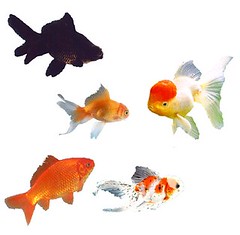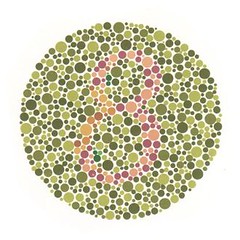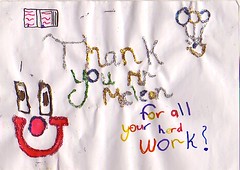Unlike the last conference I was asked to speak at, I went into today’s events without that heavy weight of responsibility and impending disaster. I mean, if I could fill an hour on my own last time, how much easier would it be this time? We knew our material back-to-front, if necessary. The most difficult aspect would surely be, what bits do I leave out?
My co-presenter, Cath Keane, had prepared eleven of our PowerPoint pages, I’d added my own hyperlinks to the twelfth and last slide, and we only had 50 minutes or so to fill anyway. We also had plenty of time before our session, “Young rappers”, to play on the interactive whiteboard (IWB), test our hyperlinks and cache all our web pages that we were planning to visit. We also knew in advance that we had about twenty people signed up to hear our talk. Everything worked in the rehearsal and off we went to the first keynote event of Day 2 of this Early Years Conference.
Clinical psychologist, Lyn Worsley, presented her fascinating session on “The resilience doughnut: the secret of strong kids” and, while she probably didn’t say anything terribly new, especially to a ballroom filled with teachers who already had solid backgrounds in early childhood education, the strength of her approach was the clear answer of “where to know?” that one could glean after having used her clever, simple analytical tool for gauging the resilience of a particular student. Wonderful!
Before we knew it, Cath and I were deep into our presentation on book raps, blogs, wikis and Circle Time. Our only hitch was that our computer connection, which had worked so perfectly in rehearsal, had been lost for the presentation. A tech person came in and got us back online most efficiently, but our live connection to the Wilfrid rap blog (on Edublogs) was no longer working. Luckily, our PowerPoint had lots of frame grabs from the site, and the links to the Departmental website and my school’s wiki pages were still viable, so we carried on regardless. We finished off with a reading of my Kinder students’ “Zebra with spots” fable of 2007, and a walk-through of selected pages from my school’s wiki pages. I hope our presentation has encouraged more schools to start dabbling in wikis and blogs.
It all seemed to go very well, but a highlight for me was that two attendees hung back at the end to (re)introduce themselves. It was none other than Warren and Kathy, two of my colleagues from my teachers college days! They’d noticed each other in the audience of my workshop session – I’m not sure at what point they realised that I was also from the same year – but morning tea turned out to be a mini-reunion of the Class of ’79 of the Guild Teachers College. We swapped anecdotes about the good ol’ days and pocket histories of our lives. It was the first time we’d seen each other since Graduation Day in 1980 – very exciting, and great to know that they are doing so well in their own teaching careers. (I can see a bigger reunion coming up in the next few months! I hope.)
Next up was Peter Gould, Manager, Mathematics at NSW DET – and one of the people I worked with on numerous occasions back in my Scan editor days. Peter’s keynote was “From ABC to 123: what counts in early numeracy” and – despite some frustrating glitches with the movie clip elements of his presentation – it was an invaluable reminder of the essential differences in the ways young children learn to be numerate as opposed to literate.
After lunch, I attended two more workshops, both of which (again) ably demonstrated the amazing array of teaching and learning strategies that interactive whiteboards are bringing to classrooms in the 21st century. I guess that’s the main thing I’m taking from this conference: that most of today’s students are already citizens of the digital world of Web 2.0. The sooner their teachers and parents play catch-up the better. Every presentation I went to was using IWBs as part of their presentation – even my presentation, and today was the first time I’d actually been able to use one! Knowing that a little knowledge is dangerous, I can’t wait to get my hands on an IWB as part of my school library’s facilities and let my imagination run wild. Or wilder.
This conference left its delegates with so much food for thought (and delicious food for the body – the Novotel, Brighton-le-Lands always does well in that regard), great ideas we can start using on Monday (first day back of Term Three), and some wonderful memories of networking with colleagues, old and new. Synthesising all the learning into our daily lives will take time, but I’m glad I gave up two days of my vacation to absorb it all. I’m also grateful for the very handsome, gold-embossed “Presenter” pens, which Cath and I received for doing our workshop.
Roll on Term Three…




